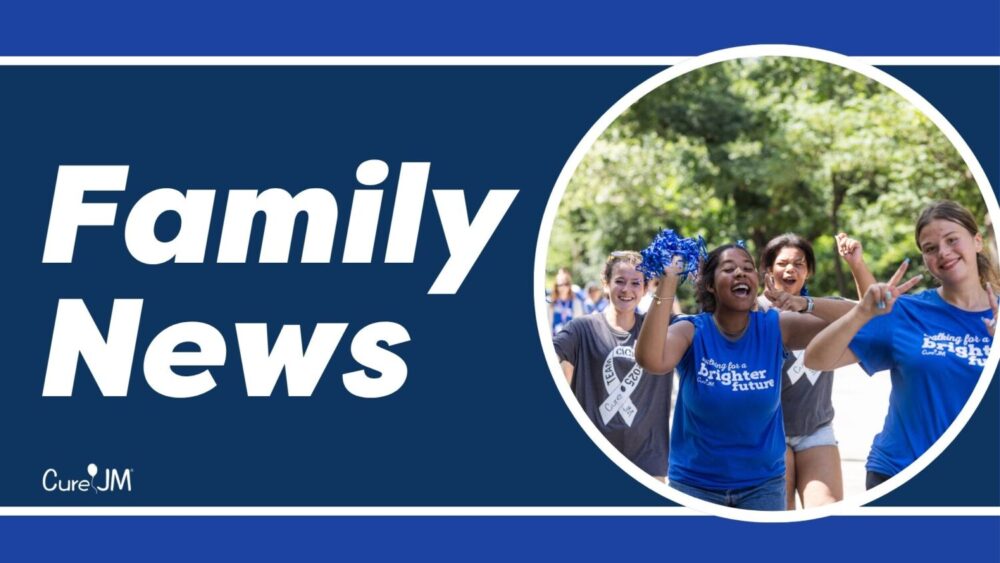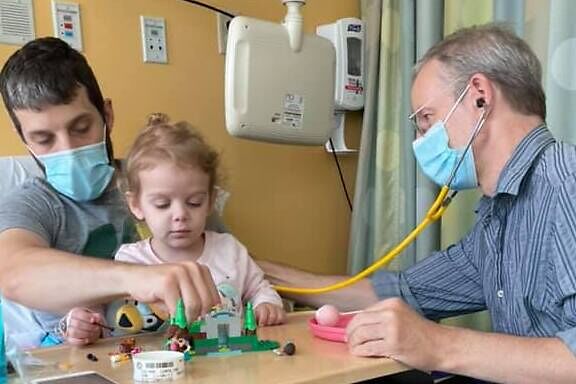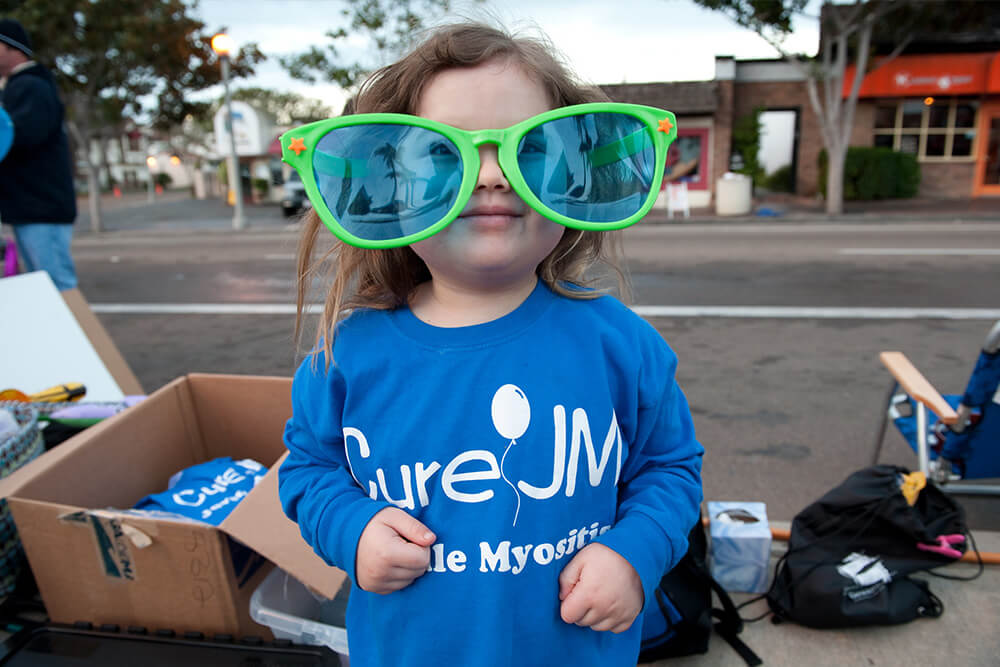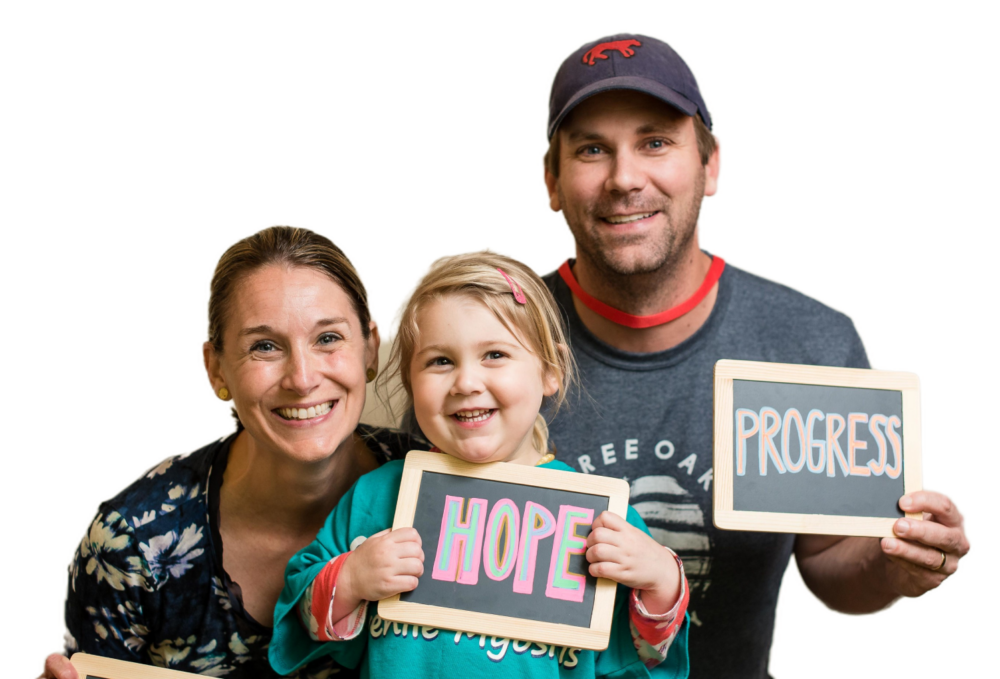The Cure JM Foundation produces a monthly newsletter with the latest news and updates about juvenile myositis. Please click below to read past issues of the Family News.
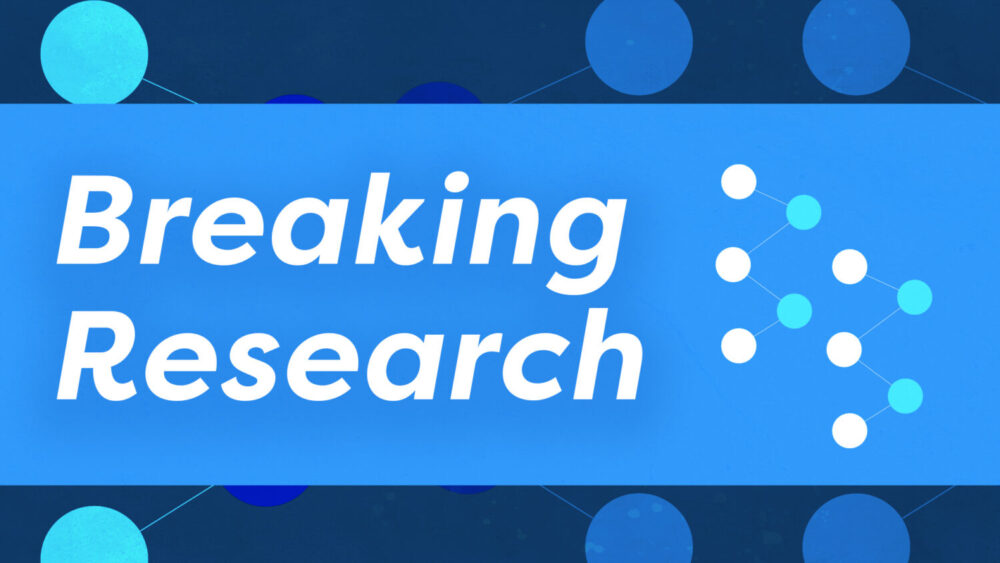
Cure JM’s 20th Year Opens With the Promise of Four New Research Grants
Research Grants: New Grantees and Exciting Updates From Existing Grant Recipients This year saw a very strong field of grant applications across a variety of
